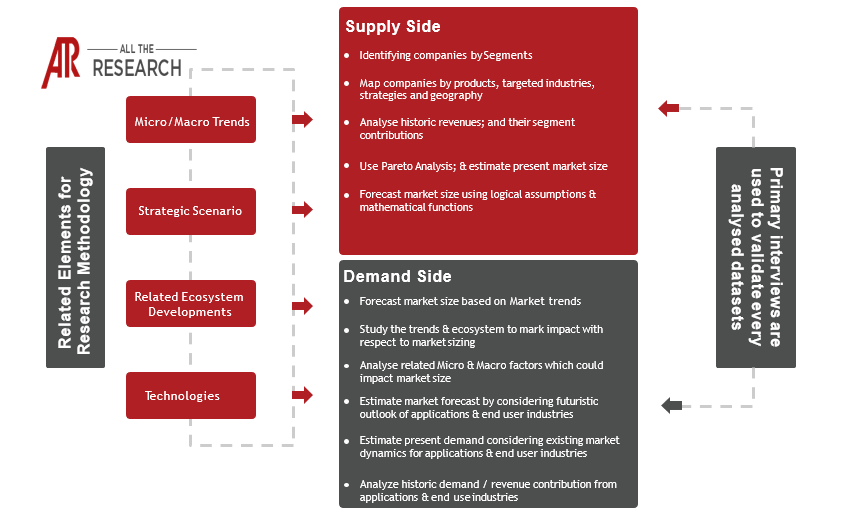The 5G gaming market is poised for exponential growth, driven by the convergence of high-speed, low-latency 5G networks and the ever-increasing demand for immersive and interactive gaming experiences. This market encompasses various segments, including mobile gaming, cloud gaming, esports, and augmented/virtual reality (AR/VR) gaming, all leveraging the transformative capabilities of 5G technology.
Defining the 5G Gaming Landscape: At its core, the 5G gaming market involves the utilization of fifth-generation (5G) cellular network technology to enhance gaming performance and accessibility. Key aspects defining this market include:
Market Drivers Fueling Growth: Several factors are propelling the 5G gaming market forward:
Key Challenges Constraining Growth: Despite the immense potential, the 5G gaming market faces several challenges:
Regulatory Focus: Regulatory bodies worldwide are playing a crucial role in shaping the 5G landscape, including:
Major Market Players: The 5G gaming market is characterized by the presence of diverse players, including:
Regional Trends:
Trends within M&A and Fundraising:
The 5G gaming market has witnessed considerable activity in mergers, acquisitions, and fundraising as companies seek to strengthen their position and capitalize on the market's growth potential. Major trends include:
Projected CAGR: Market research estimates project a strong Compound Annual Growth Rate (CAGR) for the 5G Gaming market over the next 5-7 years. The exact CAGR will vary depending on the specific report, but generally ranges from 25%-40% CAGR. This growth is underpinned by the factors mentioned above including 5G network rollout, increasing smartphone penetration and innovation around game distribution models like cloud gaming.
In conclusion, the 5G gaming market is poised to revolutionize the gaming industry, offering players unparalleled levels of immersion, accessibility, and interactivity. While challenges remain, the market's drivers are strong, and the potential for growth is immense.
The Report Segments the market to include:
1. By Gaming Type:
2. By Device Type:
3. By End-User:
4. By Region:
5. By Revenue Model:
6. By Network Type:

Ask for free product review call with the author

Share your specific research requirements for a customized report

Request for due diligence and consumer centric studies

Request for study updates, segment specific and country level reports
1. By Gaming Type:
2. By Device Type:
3. By End-User:
4. By Region:
5. By Revenue Model:
6. By Network Type:
Mobile World Congress (MWC): Barcelona, February/March. Showcases mobile technology advancements, including 5G gaming demonstrations and discussions.
Game Developers Conference (GDC): San Francisco, March. Focuses on game development, with sessions often covering 5G's impact on game design, streaming, and cloud gaming.
5G World: London, June. Addresses the 5G ecosystem, including its role in enabling advanced gaming experiences.
E3 (Entertainment Software Association): Los Angeles, June (potential future format changes). Major gaming expo; keeps eye on 5G cloud gaming advancements.
SIGGRAPH: North America, July/August. Focuses on computer graphics and interactive techniques; potential for sessions on 5G's impact on rendering and real-time experiences.
Gamescom: Cologne, Germany, August. Large consumer gaming event, increasingly showcasing cloud gaming solutions and 5G-powered mobile gaming.
IBC (International Broadcasting Convention): Amsterdam, September. Addresses broadcasting technology, including the infrastructure for low-latency streaming of games over 5G.
XR Summit Series: Varies globally, Dates Vary. Explores immersive technologies; addresses 5G's impact on AR/VR gaming.
Webinars by Telecom Operators/Technology Providers: Ongoing. Numerous webinars are hosted by companies such as Ericsson, Nokia, Qualcomm, and Samsung, addressing 5G gaming solutions and technologies.
Pocket Gamer Connects: Various locations and dates globally. Mobile gaming focused event, covering advancements to tech, and emerging ecosystems that are enabling higher fidelity experiences.
